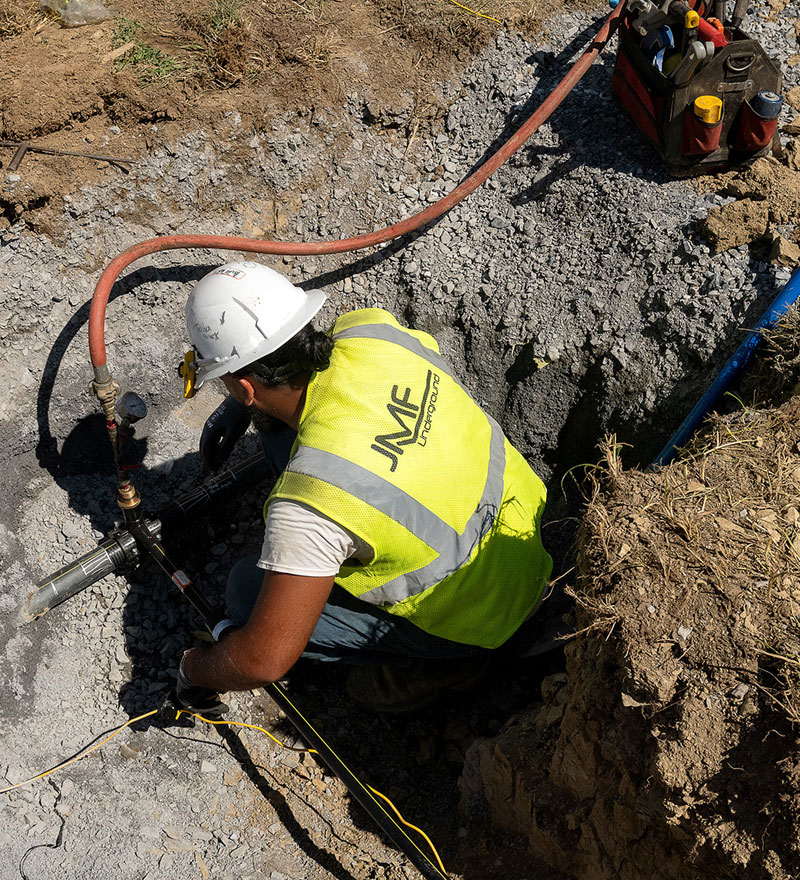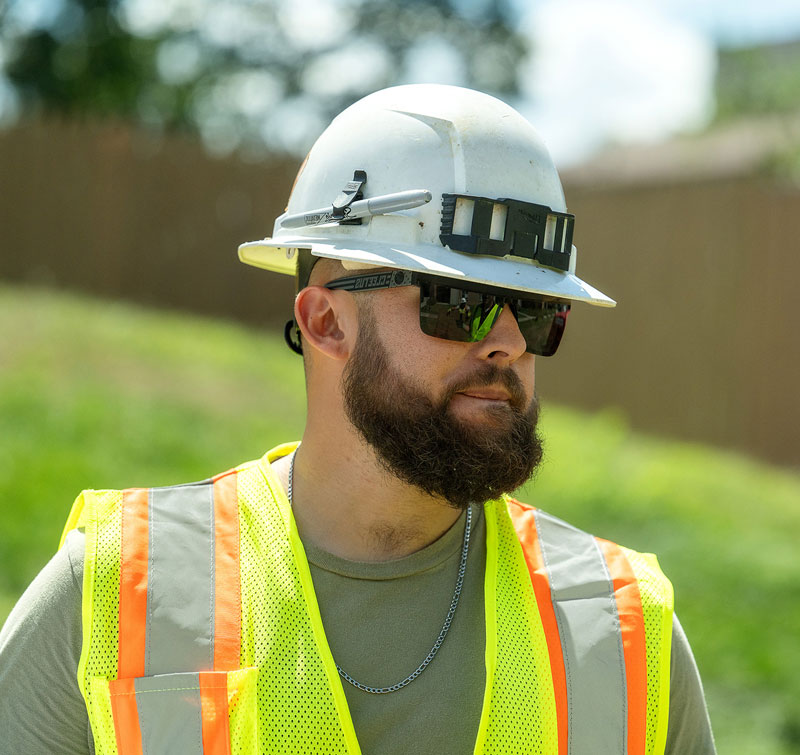Safety Starts with You –
At JMF Underground, safety is our top priority.
We are committed to protecting our employees, customers, and the environment by adhering to strict safety protocols, regulations, and ongoing training.
Our dedicated safety team conducts regular audits, field inspections, and safety meetings to maintain a strong safety culture. We also implement comprehensive drug and alcohol testing programs, ensuring a safe and responsible work environment at all times.

Key Safety Foundations
Risk Assessment & Hazard Identification
Competent Personnel
Personal Protective Equipment (PPE)
Engineering Controls
Administrative Controls
Emergency Preparedness
Key Hazard Areas in Underground Construction
Tackling Specific Underground Risks
Underground construction presents unique and often complex challenges. Working beneath the surface involves risks such as ground instability, collapses, confined spaces, and existing utilities. Addressing these hazards demands meticulous planning, specialized training, and constant vigilance to protect workers and the environment.
Examples include:
- Ground Stability & Cave-ins
- Confined Space Entry
- Air Quality & Ventilation
- Excavation & Trenching
- Electrical Safety
- Equipment Operation & Maintenance
- Fire Prevention & Suppression
- Falling Hazards & Fall Protection
- Noise and Vibration
- Utility Locating

Safety Initiatives and Programs

Our Dedication to Fostering a Safety Culture
- Safety Training Programs: onboarding new employees, ongoing safety education, and specialized training tailored to specific tasks.
- Regular Safety Audits & Inspections: committed to performing consistent site evaluations to detect and mitigate potential hazards.
- Near-Miss/Good Catch Reporting: employees must report all near misses to help prevent future accidents
- Employee Involvement: employees are encouraged to report all near misses to assist in preventing future incidents.
- Subcontractor Safety: protocols to ensure subcontractors adhere to JMF Underground’s safety standards and requirements.

